Avoid HVAC Repair: Pre-Vacation Adjustments for Your System
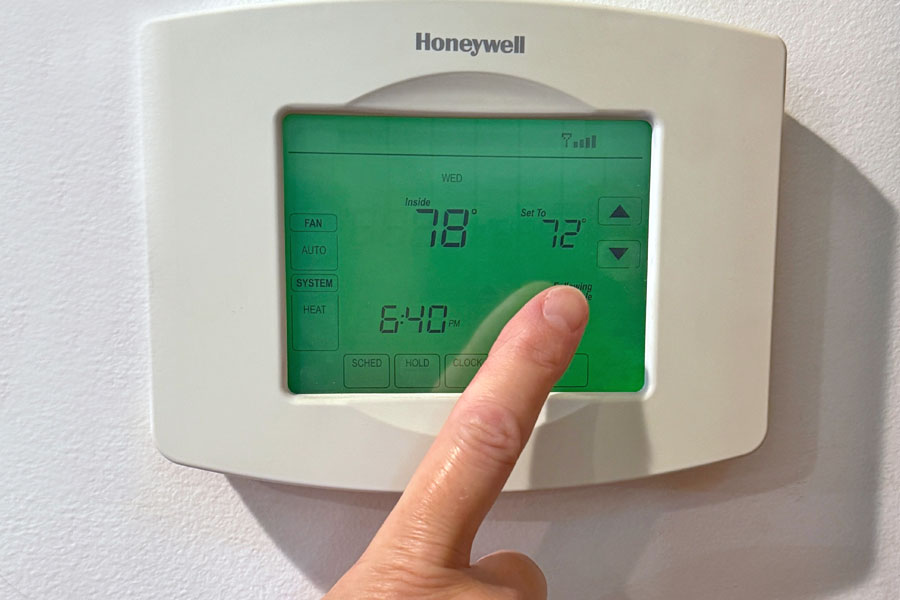
Before heading out on vacation, it’s essential to take the necessary steps to ensure that your HVAC system is running efficiently while you’re away. By making a few adjustments before you leave, you can save energy and prevent the need for costly AC repair or HVAC repair services when you return. In this blog post, we’ll provide guidance on how to properly prepare your HVAC system for vacation so that you can enjoy peace of mind while you’re away.
Understanding Your HVAC System’s Vacation Mode
Modern HVAC systems are designed with your convenience in mind, featuring a vacation mode that’s tailored for homeowners looking to save energy while away. This specialized setting allows you to preset temperature and humidity levels that keep your home at a minimal comfort level without overworking the system. Activating vacation mode is a simple yet effective way to maintain an optimal environment in your home, ensuring that energy consumption is minimized. Learning to navigate and utilize this setting can significantly reduce the strain on your HVAC system, contributing to its longevity and efficiency. By taking advantage of vacation mode, you can enjoy the benefits of a well-maintained home environment, optimizing energy use and avoiding unnecessary system stress during your absence.
Adjusting Your Thermostat Settings for Extended Absence
When planning to be away from your home for an extended period, it’s crucial to tailor your thermostat settings to save on energy without compromising the security and maintenance of your residence. For the warmer months, setting your thermostat around 85°F ensures your home stays warm without overburdening your cooling system. Conversely, in colder seasons, a setting near 50°F prevents pipes from freezing while conserving heating energy. These strategic adjustments ensure your HVAC system operates minimally, focusing on essential functions rather than maintaining everyday comfort levels. This proactive step not only conserves energy but also significantly reduces the likelihood of encountering HVAC system issues upon your return. Additionally, these temperature adjustments help in maintaining a baseline of interior comfort, deterring mold growth and other potential issues related to extended periods of inactivity. Adopting this approach will maintain your system’s efficiency and readiness for normal operation when you return, providing a seamless transition back to your comfortable home environment without the hassle of immediate repair needs.
Securing Your HVAC System and Home Against Weather and Pests
Ensuring the safety of your HVAC system before leaving for a vacation involves more than just adjusting the temperature; it requires safeguarding it against external factors such as severe weather and pesky intruders. Begin by inspecting the exterior unit of your system for any debris or loose components that could become hazards in strong winds or storms. It’s advisable to cover the unit with a breathable, waterproof cover to protect it from the elements while ensuring it doesn’t become a haven for moisture buildup, which could attract pests.
Speaking of pests, small animals and insects are known to seek shelter in cozy, undisturbed places. To prevent your HVAC system and home from becoming their next habitat, check for and seal any openings or cracks around the exterior of your home, including where pipes or wiring enter. This step is crucial to keeping unwelcome guests out.
Additionally, clearing gutters and ensuring downspouts are directing water away from your home and its foundation will help prevent water damage and the potential for pests to enter. These proactive measures not only keep your HVAC system safe while you’re enjoying your vacation but also help in maintaining the structural integrity of your home against weather-related challenges and infestations.
Performing a Pre-Vacation HVAC Maintenance Check
Embarking on a vacation requires more than just locking the doors and setting the alarm; it calls for a thoughtful review of your HVAC system to prevent any unforeseen problems during your absence. Initiating a detailed inspection of your heating, ventilation, and air conditioning units can uncover potential issues that, if left unaddressed, could evolve into major inconveniences. Look for any indicators of malfunction such as unusual noises, leaks, or compromised airflow. These signs can signal the need for immediate attention to avoid disruptions or damages that could escalate over time.
Checking your HVAC filters is also an important step in this pre-vacation checkup. Replacing or cleaning dirty filters can significantly improve the efficiency of your system, ensuring it runs smoothly while you’re away. This not only conserves energy but also extends the lifespan of your unit by preventing overexertion.
Additionally, inspecting the refrigerant levels and electrical connections can help catch issues that might not be immediately obvious. Low refrigerant levels can affect your system’s ability to cool your home efficiently, while loose electrical connections can pose a fire risk.
By dedicating time to thoroughly examine your HVAC system before your trip, you can mitigate the risk of returning to a home in need of urgent repairs. This proactive approach allows you to address minor concerns before they become larger, more expensive problems, ensuring you return to a comfortable and welcoming environment.
Smart Thermostats: Automating Your Home’s Climate Control
A smart thermostat is a game-changer for managing your HVAC system efficiently, especially when planning for a vacation. These innovative devices give you the power to tailor your home’s temperature settings remotely, ensuring optimal energy use while you’re away. With features that allow for scheduling and automatic adjustments based on local weather conditions, smart thermostats go a long way in preventing unnecessary strain on your HVAC system. The convenience of modifying your home’s climate from anywhere, at any time, means you can easily adjust settings if your return plans change, keeping your home at ideal temperatures. Moreover, the energy-saving potential of smart thermostats can contribute significantly to reducing your monthly utility bills. Their intuitive design and user-friendly interfaces make it straightforward to create an automated climate control plan that works seamlessly with your lifestyle and travel schedule, offering both comfort and savings.
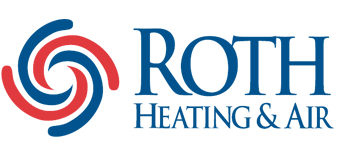
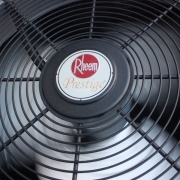 Roth Heating & Air
Roth Heating & Air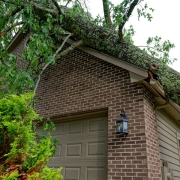 Roth Heating & Air
Roth Heating & Air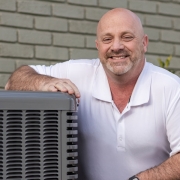 Roth Heating & Air
Roth Heating & Air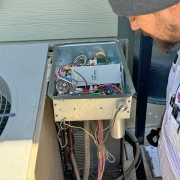 Roth Heating & Air
Roth Heating & Air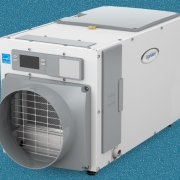 Roth Heating & Air
Roth Heating & Air Roth Heating & Air
Roth Heating & Air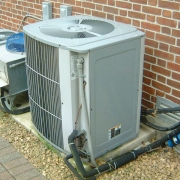 Roth Heating & Air
Roth Heating & Air Roth Heating & Air
Roth Heating & Air Roth Heating & Air
Roth Heating & Air Roth Heating & Air
Roth Heating & Air